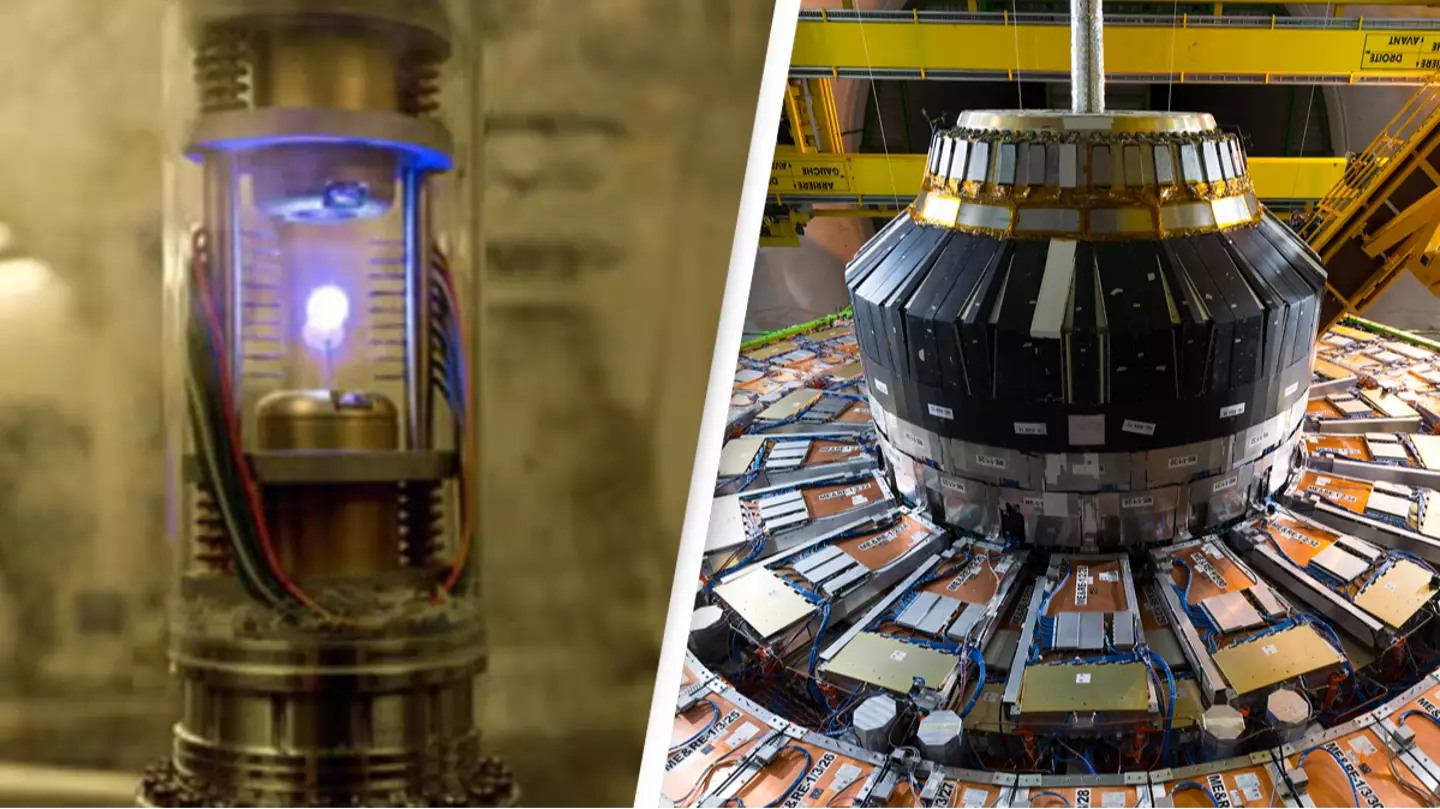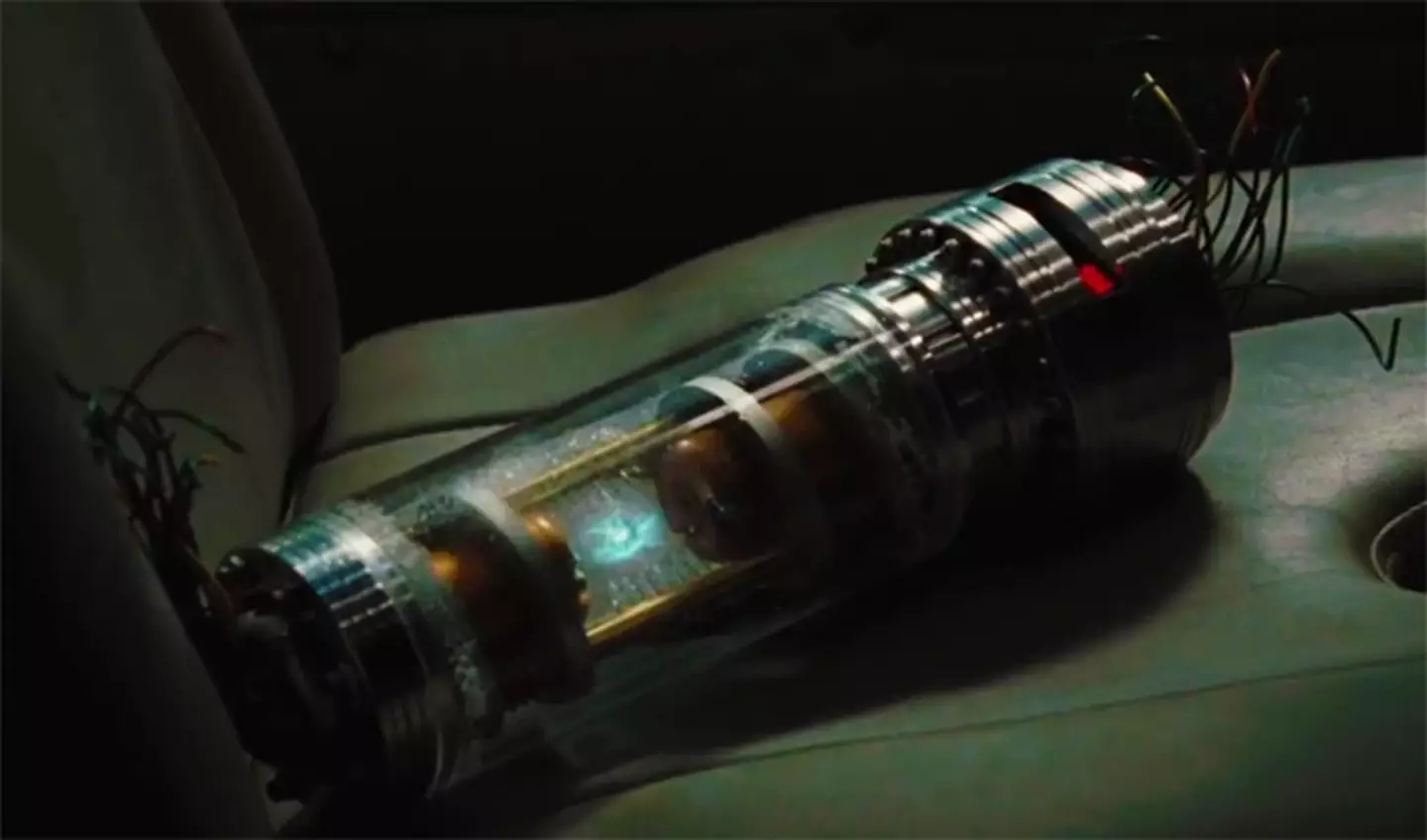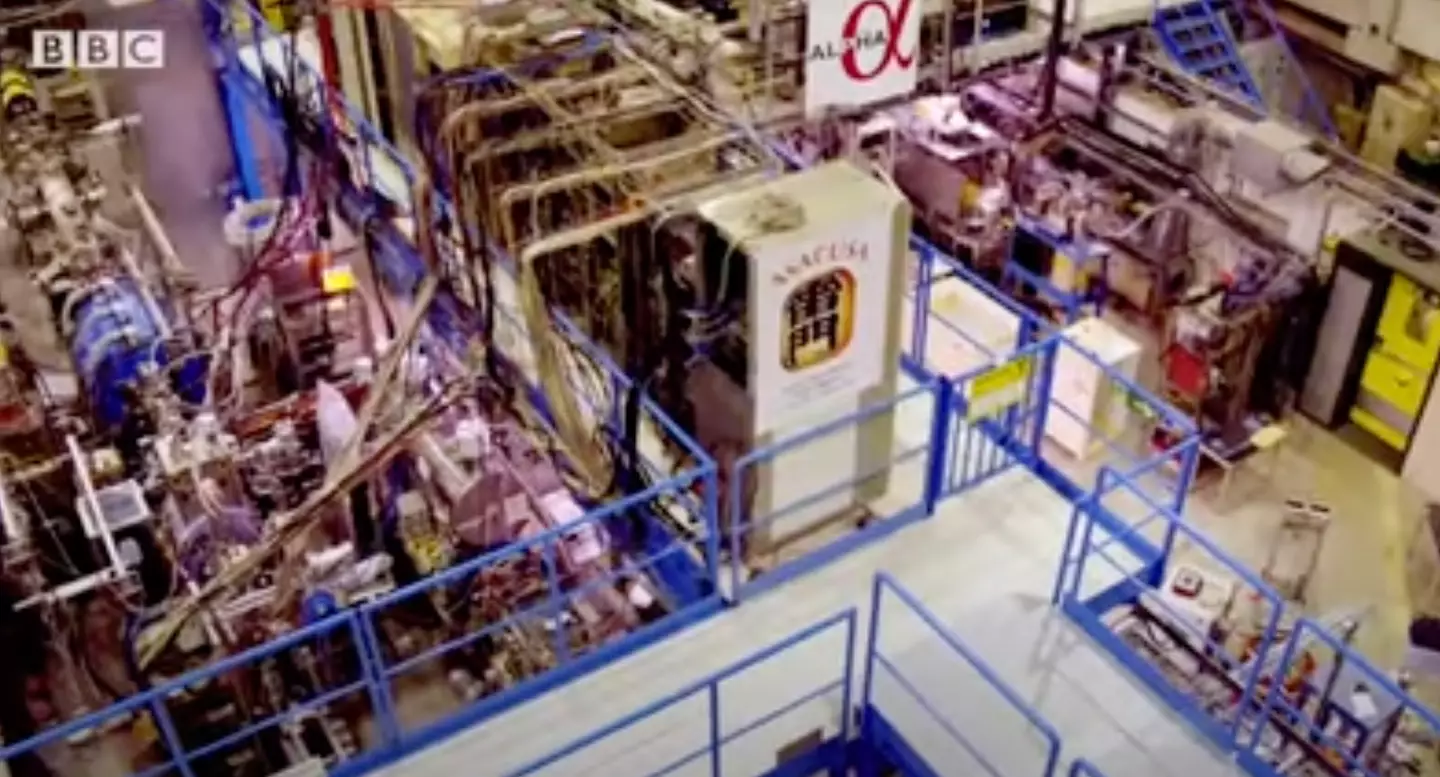
The most expensive substance on Earth 'costs $62 trillion for just one gram' - an amount that would also take 100 billion years to create.
Most people would think diamonds or gold are the world's most expensive substances, but they'd be very wrong.
Anyone who's ever seen a cooking programme might also assume it's saffron, which we're repeatedly reminded by smiling TV chefs is 'worth more than gold, don't ya know!', but it's not that either.
Advert
If you've ever seen 2009 Tom Hanks film Angels and Demons, based on the Dan Brown novel, you may have stumbled upon it without realising - or remembering, given that it came out well over a decade ago... and was fairly forgettable, let's face it.
The world's most expensive substance is actually something called antimatter, which is almost the same as normal matter apart from the fact it has the opposite electric charge.
In Angels and Demons, we learnt how, if it comes into contact with anything made of matter (so, pretty much everything), it all goes ka-boom.

You see, the two opposing forces do not like each other.
Advert
But, while regular matter is the most common thing since, antimatter is astonishingly rare.
It can only be manufactured using CERN's Large Hadron Collider (LHC), which is, in part, why it is so expensive.
All the way back in 1999, NASA scientists predicted it would cost around $62 trillion to make one gram of antihydrogen or antimatter.
And according to Steven Farmer, author of the 2017 book Strange Chemistry, agreed the price tag is around $62.5 trillion per gram, unadjusted for inflation.
Advert
That price tag is fairly impressive considering the masanational Monetary Fund projects the value of the entire world's economy will hit $104 trillion by the end of 2022.
But although it's astronomically expensive, it's also a remarkably useful - though very unstable - substance.
If harnessed in a way that isn't bonkers-levels of dangerous, antimatter acts as an incredible energy source.

So much so, that some believe it may fuel intergalactic space travel.
Advert
For now, however, tiny amounts of it are used in positron emission tomography (PET) scanners, a form of medical imaging used by doctors to look at certain functions like blood flow.
The reason it's so expensive all boils down to the technology involved in creating it, as the CERN LHC is one expensive bad boy to operate.
According to Science To Go, it costs about $1 billion per year to run, with electricity costs alone running at $23.5 million per year.
For the particle collision to occur to create antimatter, they need to get up to a speed of 99.99 percent of the speed of light.
Advert
That uses enough electricity to power a large city, so that explains the staggering power bills over at CERN.
Oh, and to create a whole gram, it'd take about 100 billion years.
Suddenly that price tag doesn't seem so unreasonable...
Topics: Science, World News, Money